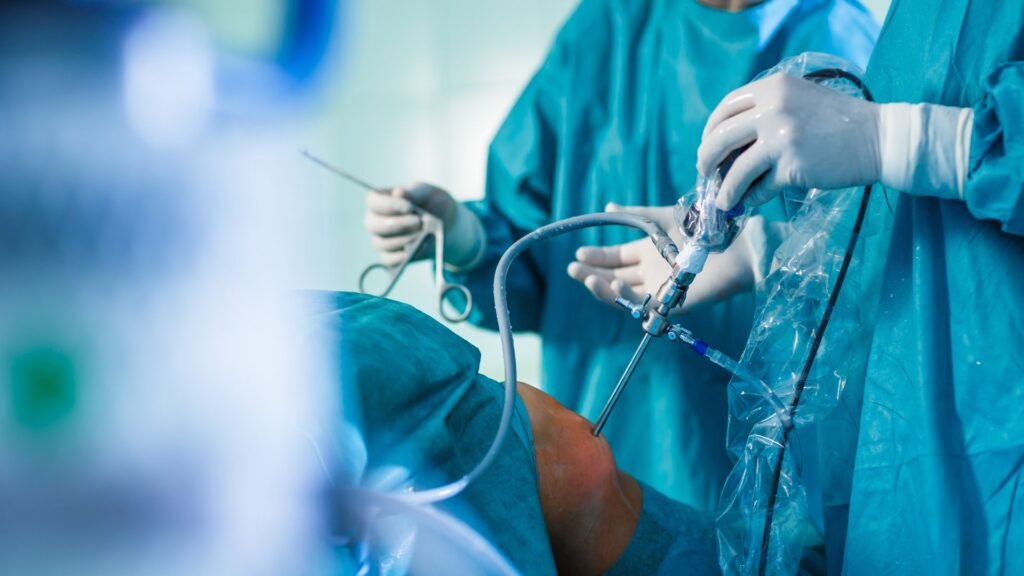The knee, a complex and vital joint in the human body, plays a crucial role in facilitating movement and bearing body weight. However, when injury or arthritis strikes, the ensuing pain and stiffness can significantly impede one’s quality of life. Knee surgery emerges as a beacon of hope for many, promising to alleviate discomfort and restore mobility. This article delves into the various types of knee surgeries, their benefits, and what individuals can expect during the recovery journey.
Types of Knee Surgery:
- Arthroscopy: Knee arthroscopy is a minimally invasive procedure allowing surgeons to view the interior of the knee joint, diagnose issues, and perform certain repairs through small incisions.
- Anterior Cruciate Ligament (ACL) Reconstruction: This procedure is aimed at repairing or replacing the torn ACL, a major ligament in the knee, to restore stability and function.
- Total Knee Replacement (TKR): TKR is a comprehensive procedure where the damaged knee joint is replaced with artificial components to alleviate pain and improve mobility.
- Partial Knee Replacement (PKR): Unlike TKR, PKR involves replacing only the damaged portion of the knee, preserving as much of the natural joint as possible.
- Meniscus Repair: Meniscus repair aims to fix the torn cartilage in the knee, either through stitching the torn pieces together or by removing the damaged portion.
Benefits of Knee Surgery:
- Pain Relief: One of the primary benefits of knee surgery is the significant reduction or elimination of knee pain.
- Restored Mobility: Post-surgery, many individuals experience a notable improvement in mobility, enabling them to partake in daily activities with ease.
- Improved Quality of Life: With reduced pain and better mobility, individuals often find their overall quality of life enhanced.
Recovery Journey
The recovery process post-knee surgery is an integral part of the journey towards regaining mobility. It often involves:
- Physical Therapy: Engaging in prescribed exercises to strengthen the knee and enhance flexibility.
- Regular Follow-ups: Ensuring regular follow-up appointments with the orthopedic surgeon to monitor healing progress.
- Adhering to Post-operative Instructions: Following the surgeon’s post-operative care instructions to foster a smooth recovery.


